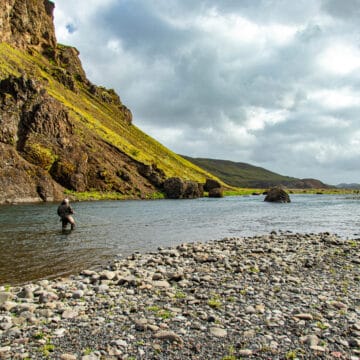
Iceland; Salmon & Sea Trout Fly Fishing Availability 2025
Iceland 2025 Availability The Season is upon us! Fihsing has started in earnest in Iceland and we have seen some well mended fish landed on the West coast so far.

Iceland 2025 Availability The Season is upon us! Fihsing has started in earnest in Iceland and we have seen some well mended fish landed on the West coast so far.
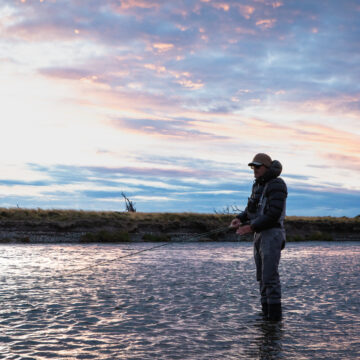
We have some wonderful availability for the 2026 sea trout season on the Rio Grande and Rio Gallegos and this is a real opportunity to book some prime weeks before
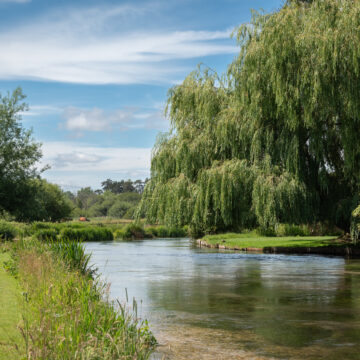
In our latest YouTube video Peter McLeod discusses the wonderful Wherwell Priory, situated on the upper River Test. Located in the charming village of Wherwell in Hampshire, Wherwell Priory offers
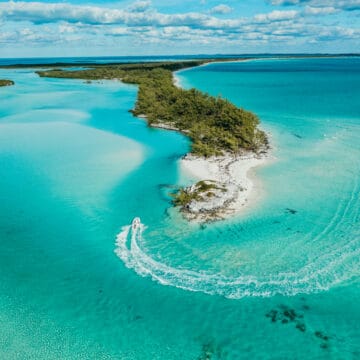
Anglers at Soul Fly Lodge can expect a beautiful fishery with great opportunities to target bonefish, permit, triggerfish, mutton snapper, barracuda and more. Short runs combined with options to fish
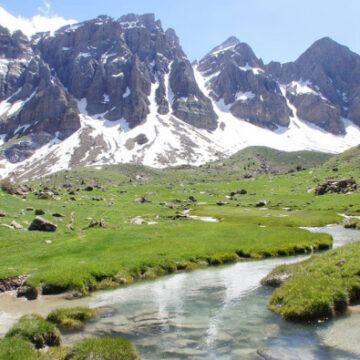
We have just received this lovely report from a client recently returned from fly fishing in the Spanish Pyrenees. A total of 178 fish! An average of 29 fish per

If you’re looking for a different family holiday then how about a trip that takes you across the Andes, exploring two distinct areas of Patagonia, with something for everyone to
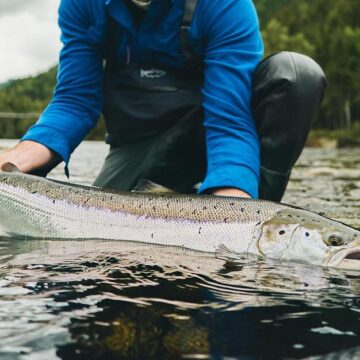
The 2025 Norway salmon fishing season once again brings much excitement and hopefully the chance of a catching big Atlantic salmon. For more information about salmon fishing in Norway please
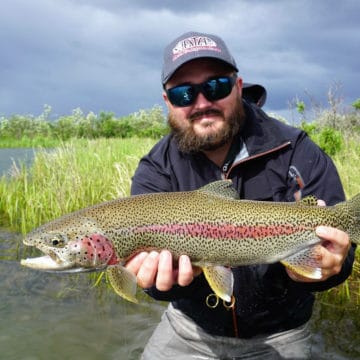
We’re delighted to share owner, Wayne McGee’s, report of the start of the 2025 season at ATA Lodge on the Alagnak Wild River in Alaska. Over to you Wayne: For
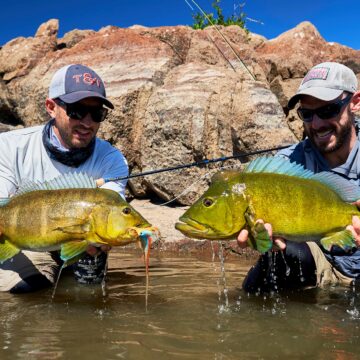
As the tenth season at Kendjam Lodge in Brazil begins we’re delighted to bring you the fishing reports from this stunning spot. Keep in touch with this page for all
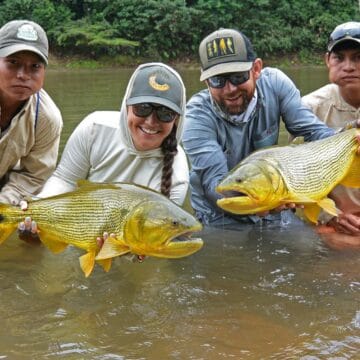
We are delighted to share the Bolivia 2025 season fishing reports from the Tsimane Bolivian jungle lodges Sécure, Pluma (including heli-fishing) and Agua Negra. These three superb, remote lodges offer
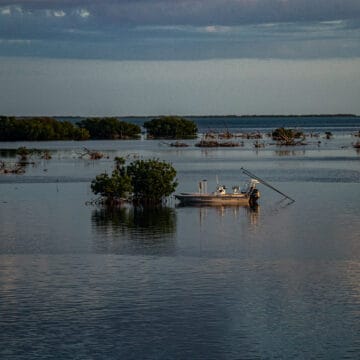
In our latest YouTube video, Alex Jardine gives us a breakdown of the incredible fishing at Jardines de la Reina, a pristine chain of islands that run more than one
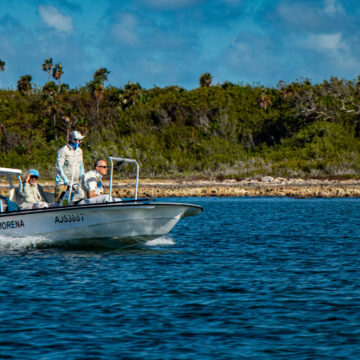
Cuba is a destination for all the senses, the largest island in the Caribbean, a diverse landscape, colourful culture and fish-rich waters. Despite the adversities that the people face here,